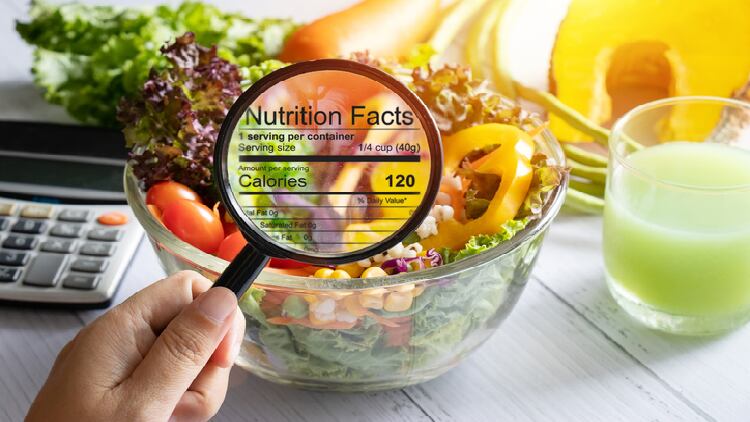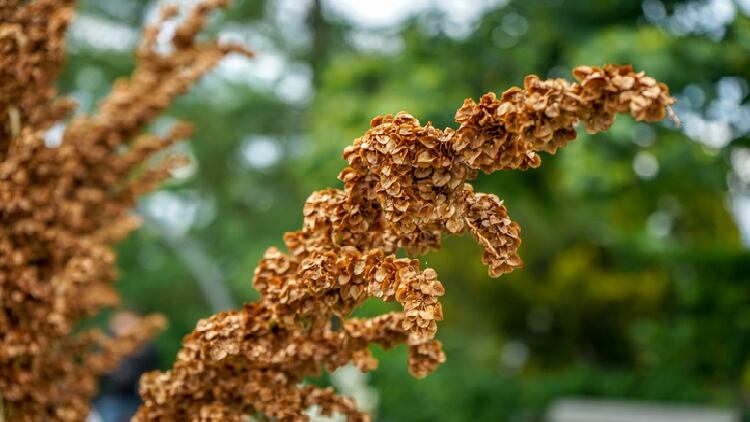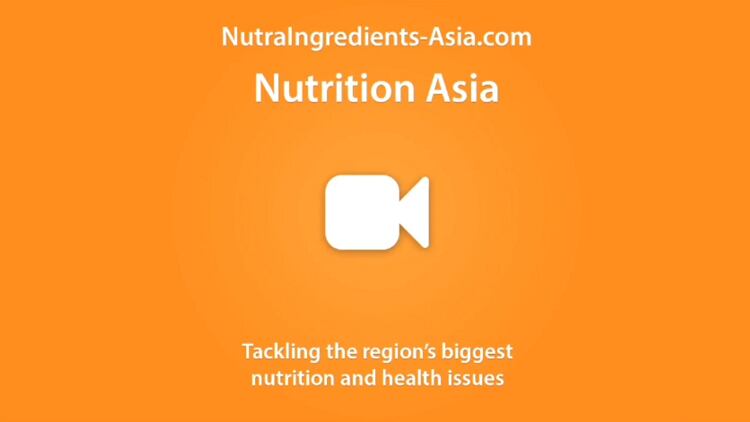At the moment, details about the mixture of ingredients present in a proprietary formulation are not always available in the public domain.
Under the new framework, sponsors and/or their respective raw material suppliers or manufacturers will need to provide more information on the manufacturing processes for active herbal extracts and active premixes that are currently made confidential under a proprietary ingredient.
Every time a sponsor submits an application to change or vary the proprietary formulation, the new information will be automatically updated on the Australian Register of Therapeutic Goods (ARTG).
According to trade body Complementary Australia Medicines, the new framework is introduced in response to feedback on inconsistencies in the information available to both sponsors and public on the ARTG.
According to regulator the Therapeutic Goods Administration (TGA), the new framework allows consumers, practitioners, and retailers access to more information on the details of the herbal ingredients present in a proprietary formulation.
What information?
Under the new framework, the public, including the consumers, practitioners, and retailers will be able to know additional information about the active herbal ingredients used in a proprietary formulation.
They are 1) the plant part, 2) the plant preparation, manufacturing methodology and the equivalent herbal starting material used in a herbal preparation, and 3) similar information for active premixes.
For instance, when the active herbal ingredient used is silybum marianum derived from a fruit extract in the dry concentrate form, the information will be displayed as “Silybum marianum fruit extract dry concentrate standardardised. Equivalent: Silybum marianum (dry).”
The above information will also be displayed on the ARTG record and ARTG certificate accessible to the sponsors and the public.
On the other hand, the proprietary ingredient identifier/number will be removed from the ARTG certificate.
While this is implemented in the public interest, it could make it more challenging for innovative raw material manufacturers and suppliers to protect and differentiate their ingredients, a regulatory expert pointed out.
“I do think the TGA’s intent is solid in this instance and done in the public interest.
“However, there will definitely be a negative impact on innovative raw material suppliers, developers and manufacturers, who in addition to an additional administrative burden in an already challenging year, will need to find other ways to differentiate and protect their ingredients in a highly competitive global ingredients marketplace,” Gabriel Perera, founding partner at product development and regulatory consultancy firm Take Friday Off told NutraIngredients-Asia.
He added that the negative burden on the sponsors, particularly those who have invested in quality raw materials with proprietary ingredients, would be significant in the short-medium term.
“Proprietary Ingredients have long been an important item in the Australian industry’s commercial toolbox, particularly for raw material manufacturers and suppliers.
“In a competitive global industry, it is really a case of when, not if, a key raw material will be emulated often in a lower cost manufacturing environment,” he said.
What do sponsors do?
Unless there are changes made to the proprietary ingredients, the Complementary Medicines Australia (CMA) said in its member alert that sponsors do not need to make any updates on the ARTG.
However, it said members should check with the ingredient suppliers on the accuracy of content related to the proprietary ingredients.
“CMA recommends checking with your proprietary ingredient suppliers over the accuracy of the content of any proprietary ingredients, especially when making new certifications under the Act, when doing a new listing, or a grouping application,” CMA said in the members’ alert.
There is also no need for brands to change their product labelling, CEO of CMA Carl Gibson said.





